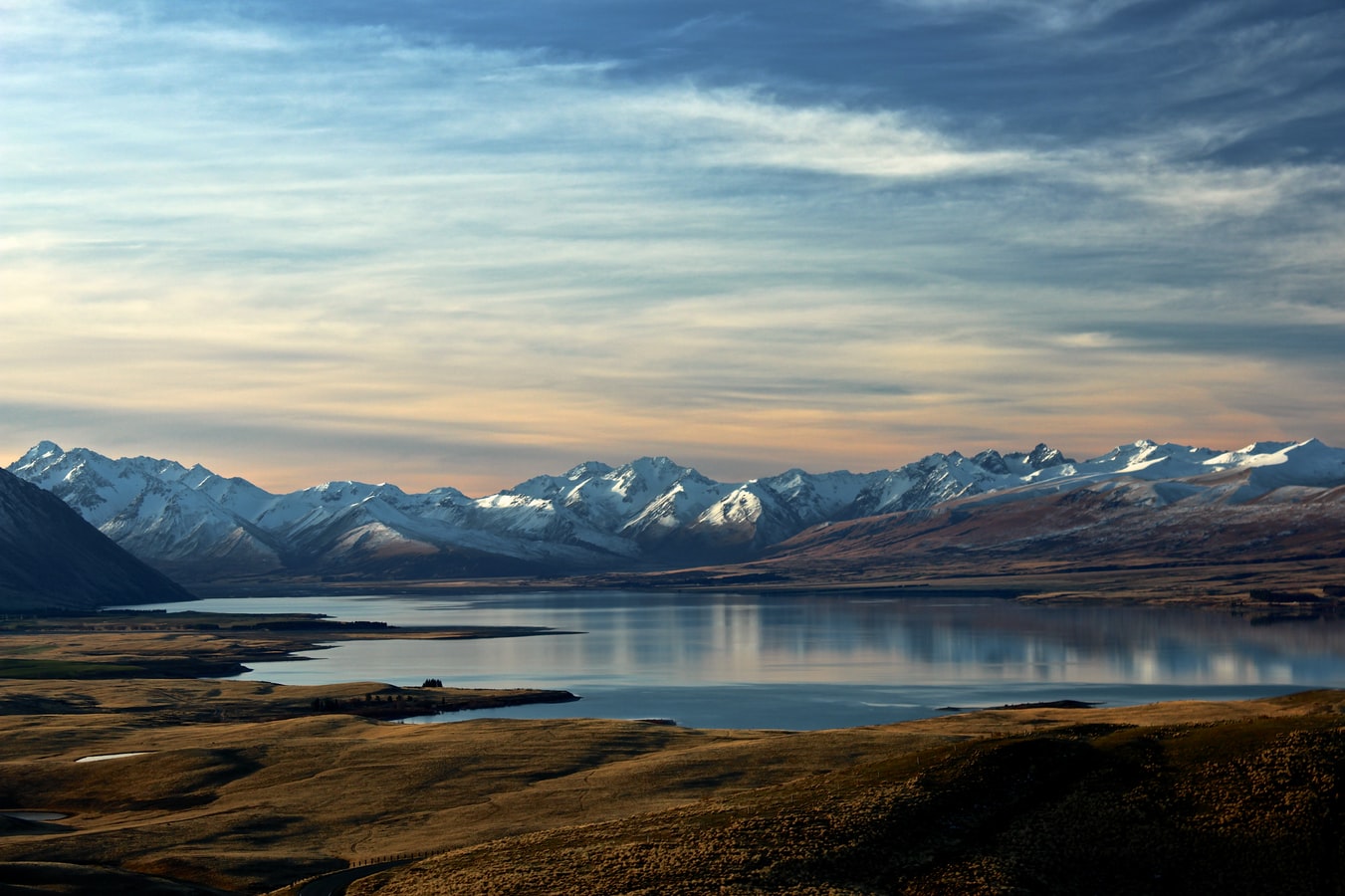在新西兰,超临界地热研究的重点是陶波火山区 — 陶波湖和卡韦劳之间的地区。
Chambefort 表示,尽管其他举措正在研究在陶波区钻探深井的备选方案,但是这个新资助的项目在五年期间没有支持任何钻探。
“我们希望,在该计划结束五年后(十年内),怀卡托或丰盛湾地区将取得成功的深井。这样一个井的目的是测试现有的科学模型并根据需要进行调整,” 她说。
到目前为止,新西兰的地热井往往是 1.5 公里深。超临界液体很可能在 4 公里以上的深度发现。
Chambefort 说:“我们的目标是探索新西兰未来最佳目标的地方,并使用实验室模拟来了解这些非常热的流体如何与岩石发生反应,以及它们的使用将如何影响深水库和邻近较浅的水库,” 尚贝福特说。
“我们认为,开发更深入、更热的地热资源以增加地热的整体贡献是一个令人信服的理由。”
现在,新西兰约有 17% 的电力来自地热,2018 年来自地热的电力与化石燃料产生的电力一样多。
尽管可以说地球的自然热通量可能在任何环境中作为能量转移,但陶波等火山省份的地热梯度更大,“这意味着我们不必钻到 10 公里即可达到 400C 以上的温度”。
钱贝福特说:“这些非常热的温度比其他一些国家更接近地表,给新西兰带来了自然优势。”
一个关键方面是找到渗透性-热流体可以相对容易地穿过的岩石。“有热量是一回事,但是如果没有液体能够通过岩石循环,我们就无法有效地将这种热量收集到地表。水是热量的主要载体。”
目前正在开展的工作建立在几十年的研究和新西兰在陶波区地热利用方面的专业知识为基础。尽管与海外地热团队建立了强有力的伙伴关系,但其他国家的发现不能简单地应用于新西兰。
“新西兰的地质情况有所不同。我们需要研究我们的水库,找出在 4-5km 深处可能渗透故障的地方,” 她说。
“我们还需要在实验室中模拟高温和压力地热条件,然后才能为新西兰提供有意义的发现。”
新西兰拥有钻探能力,但这种钻探成本高昂,并且存在不确定性。尚贝福尔说,行业期待科学来提供信息,以减少勘探和开发深层地热资源的不确定性和风险。
“只有当有信心能够安全和可持续地完成深层地热发电时,才能在新西兰继续进行。”

















































